All Categories
Featured
Table of Contents
- – Master's Study Tracks - Duke Electrical & Comp...
- – 7 Easy Facts About Machine Learning Devops Eng...
- – What Does Training For Ai Engineers Mean?
- – How To Become A Machine Learning Engineer - U...
- – Embarking On A Self-taught Machine Learning ...
- – The Ultimate Guide To Top Machine Learning C...
- – About Software Engineering For Ai-enabled Sy...
Some individuals assume that that's disloyalty. If somebody else did it, I'm going to use what that person did. I'm requiring myself to believe with the possible remedies.
Dig a little bit deeper in the math at the start, just so I can build that structure. Santiago: Finally, lesson number seven. I do not think that you have to understand the nuts and bolts of every formula before you utilize it.
I would have to go and check back to actually obtain a better instinct. That doesn't suggest that I can not resolve things utilizing neural networks? It goes back to our sorting instance I believe that's just bullshit recommendations.
As an engineer, I have actually serviced many, lots of systems and I have actually utilized many, numerous points that I do not recognize the nuts and bolts of just how it functions, although I recognize the impact that they have. That's the last lesson on that string. Alexey: The funny point is when I think of all these collections like Scikit-Learn the formulas they make use of inside to implement, as an example, logistic regression or another thing, are not the like the formulas we study in machine learning classes.
Master's Study Tracks - Duke Electrical & Computer ... for Beginners
Also if we attempted to learn to obtain all these basics of equipment knowing, at the end, the formulas that these collections utilize are different. Santiago: Yeah, absolutely. I believe we require a whole lot more materialism in the industry.
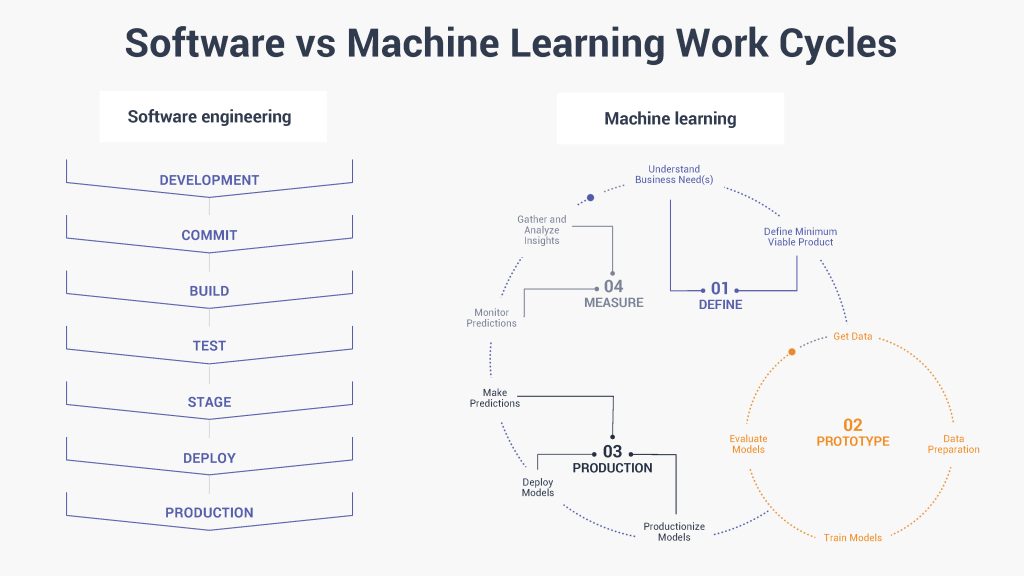
I typically talk to those that desire to function in the industry that want to have their impact there. I do not risk to speak regarding that because I don't know.
Right there outside, in the sector, pragmatism goes a lengthy means for sure. (32:13) Alexey: We had a remark that claimed "Feels more like inspirational speech than speaking about transitioning." So maybe we ought to switch. (32:40) Santiago: There you go, yeah. (32:48) Alexey: It is a great inspirational speech.
7 Easy Facts About Machine Learning Devops Engineer Shown
Among the points I intended to ask you. I am taking a note to chat about progressing at coding. However first, let's cover a pair of points. (32:50) Alexey: Allow's start with core tools and frameworks that you require to learn to actually shift. Allow's say I am a software application designer.
I know Java. I know SQL. I understand just how to make use of Git. I understand Celebration. Maybe I know Docker. All these things. And I become aware of artificial intelligence, it feels like a cool point. What are the core devices and frameworks? Yes, I enjoyed this video and I obtain convinced that I don't require to get deep right into math.
What are the core devices and frameworks that I need to learn to do this? (33:10) Santiago: Yeah, absolutely. Wonderful question. I assume, top, you ought to begin discovering a little of Python. Given that you currently recognize Java, I do not assume it's going to be a massive change for you.
Not due to the fact that Python is the very same as Java, yet in a week, you're gon na get a lot of the distinctions there. Santiago: After that you obtain particular core devices that are going to be used throughout your entire career.
What Does Training For Ai Engineers Mean?
That's a collection on Pandas for data manipulation. And Matplotlib and Seaborn and Plotly. Those three, or one of those 3, for charting and displaying graphics. Then you obtain SciKit Learn for the collection of artificial intelligence formulas. Those are tools that you're mosting likely to have to be using. I do not recommend just going and finding out about them out of the blue.
Take one of those training courses that are going to start introducing you to some issues and to some core ideas of maker discovering. I do not remember the name, yet if you go to Kaggle, they have tutorials there for totally free.
What's excellent about it is that the only requirement for you is to understand Python. They're going to offer an issue and tell you just how to make use of decision trees to address that details issue. I think that procedure is very powerful, since you go from no device discovering background, to understanding what the issue is and why you can not fix it with what you recognize now, which is straight software application design techniques.
How To Become A Machine Learning Engineer - Uc Riverside Things To Know Before You Get This
On the other hand, ML designers focus on structure and deploying artificial intelligence designs. They focus on training versions with data to make forecasts or automate tasks. While there is overlap, AI engineers take care of even more diverse AI applications, while ML engineers have a narrower focus on maker knowing algorithms and their functional application.
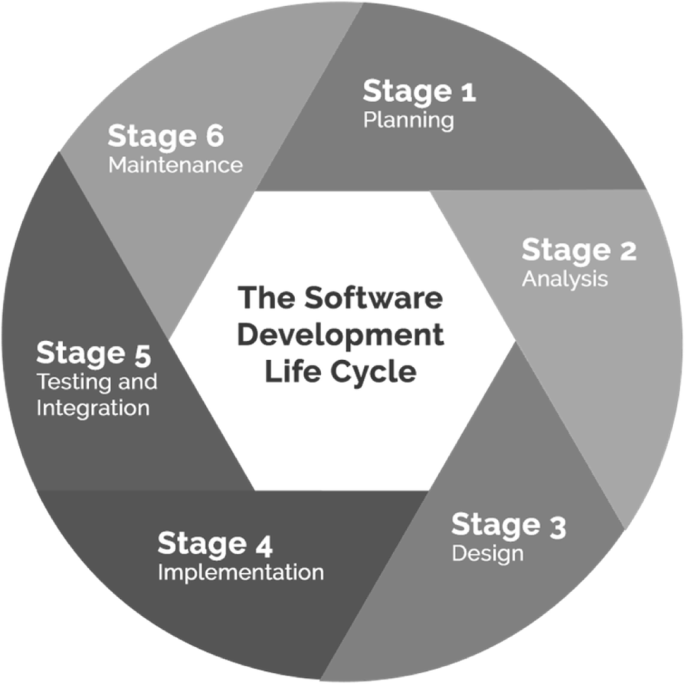
Maker learning designers concentrate on establishing and deploying artificial intelligence designs into manufacturing systems. They service engineering, making certain versions are scalable, effective, and incorporated right into applications. On the other hand, information researchers have a broader role that consists of data collection, cleansing, expedition, and building versions. They are often in charge of drawing out insights and making data-driven choices.
As companies increasingly adopt AI and machine learning technologies, the demand for competent experts grows. Maker learning engineers service innovative jobs, add to innovation, and have affordable salaries. Success in this area calls for continual knowing and keeping up with evolving modern technologies and techniques. Maker knowing functions are generally well-paid, with the potential for high making capacity.
ML is basically different from conventional software program advancement as it concentrates on teaching computer systems to pick up from information, instead of shows specific guidelines that are performed systematically. Unpredictability of end results: You are probably used to creating code with predictable outputs, whether your function runs as soon as or a thousand times. In ML, nonetheless, the outcomes are less particular.
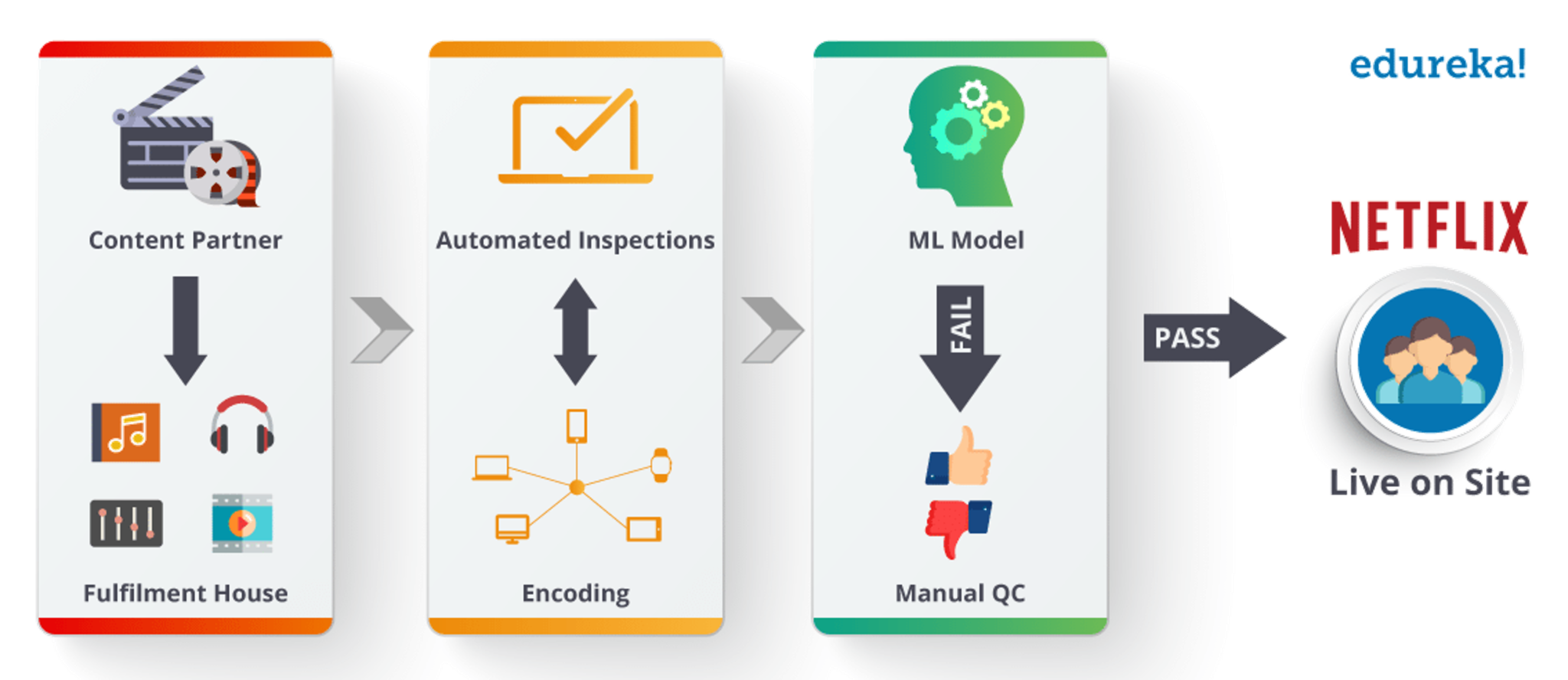
Pre-training and fine-tuning: Just how these versions are educated on vast datasets and afterwards fine-tuned for particular tasks. Applications of LLMs: Such as message generation, belief evaluation and details search and access. Documents like "Attention is All You Required" by Vaswani et al., which introduced transformers. Online tutorials and programs concentrating on NLP and transformers, such as the Hugging Face program on transformers.
Embarking On A Self-taught Machine Learning Journey Fundamentals Explained
The capability to take care of codebases, combine changes, and deal with conflicts is equally as vital in ML growth as it is in traditional software application projects. The abilities established in debugging and screening software program applications are very transferable. While the context might alter from debugging application logic to identifying problems in information processing or model training the underlying concepts of organized investigation, theory screening, and iterative improvement are the exact same.
Equipment knowing, at its core, is greatly reliant on stats and possibility theory. These are vital for comprehending how algorithms discover from information, make predictions, and assess their performance.
For those interested in LLMs, a comprehensive understanding of deep learning designs is useful. This consists of not only the mechanics of neural networks however additionally the style of certain models for different use instances, like CNNs (Convolutional Neural Networks) for image processing and RNNs (Frequent Neural Networks) and transformers for consecutive information and all-natural language handling.
You should understand these issues and find out methods for determining, reducing, and connecting about bias in ML versions. This consists of the potential effect of automated decisions and the ethical ramifications. Numerous designs, specifically LLMs, need considerable computational sources that are frequently supplied by cloud systems like AWS, Google Cloud, and Azure.
Structure these abilities will not just promote an effective shift right into ML but additionally guarantee that developers can add properly and responsibly to the advancement of this vibrant area. Theory is crucial, yet nothing beats hands-on experience. Start working with projects that permit you to use what you've found out in a functional context.
Participate in competitions: Join platforms like Kaggle to join NLP competitions. Construct your tasks: Beginning with simple applications, such as a chatbot or a message summarization device, and gradually boost intricacy. The area of ML and LLMs is quickly progressing, with brand-new innovations and innovations emerging on a regular basis. Staying upgraded with the newest research study and fads is crucial.
The Ultimate Guide To Top Machine Learning Courses Online
Join neighborhoods and forums, such as Reddit's r/MachineLearning or neighborhood Slack networks, to discuss ideas and get guidance. Go to workshops, meetups, and meetings to link with various other experts in the field. Contribute to open-source projects or compose blog site messages about your understanding trip and tasks. As you get proficiency, start searching for possibilities to integrate ML and LLMs into your job, or look for new duties concentrated on these technologies.
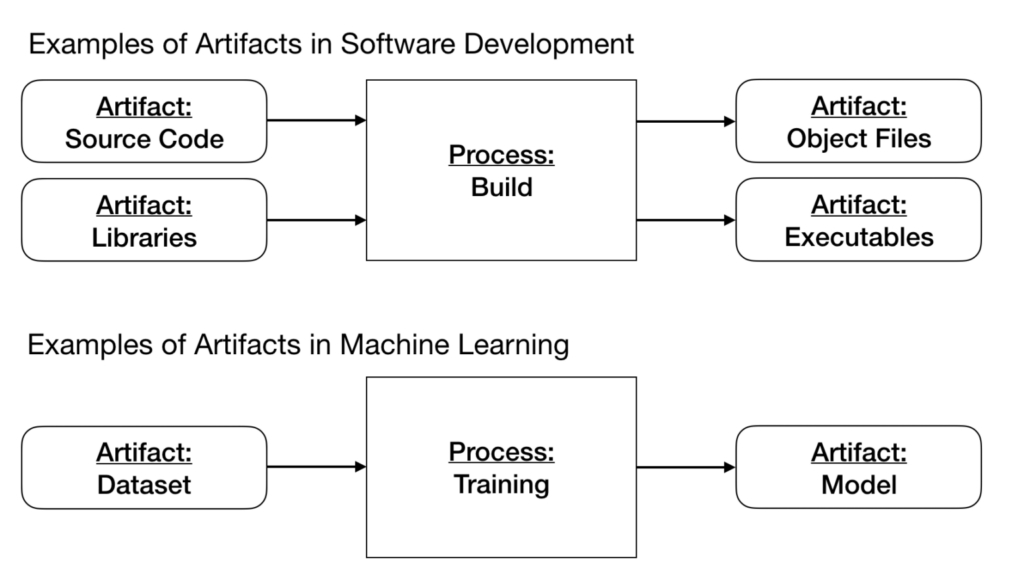
Potential usage instances in interactive software, such as recommendation systems and automated decision-making. Understanding unpredictability, basic statistical measures, and chance distributions. Vectors, matrices, and their function in ML algorithms. Mistake reduction techniques and gradient descent described just. Terms like model, dataset, features, tags, training, inference, and validation. Data collection, preprocessing techniques, model training, examination procedures, and deployment considerations.
Choice Trees and Random Forests: User-friendly and interpretable designs. Matching trouble types with proper versions. Feedforward Networks, Convolutional Neural Networks (CNNs), Recurrent Neural Networks (RNNs).
Constant Integration/Continuous Deployment (CI/CD) for ML workflows. Model surveillance, versioning, and performance tracking. Detecting and resolving modifications in design efficiency over time.
About Software Engineering For Ai-enabled Systems (Se4ai)
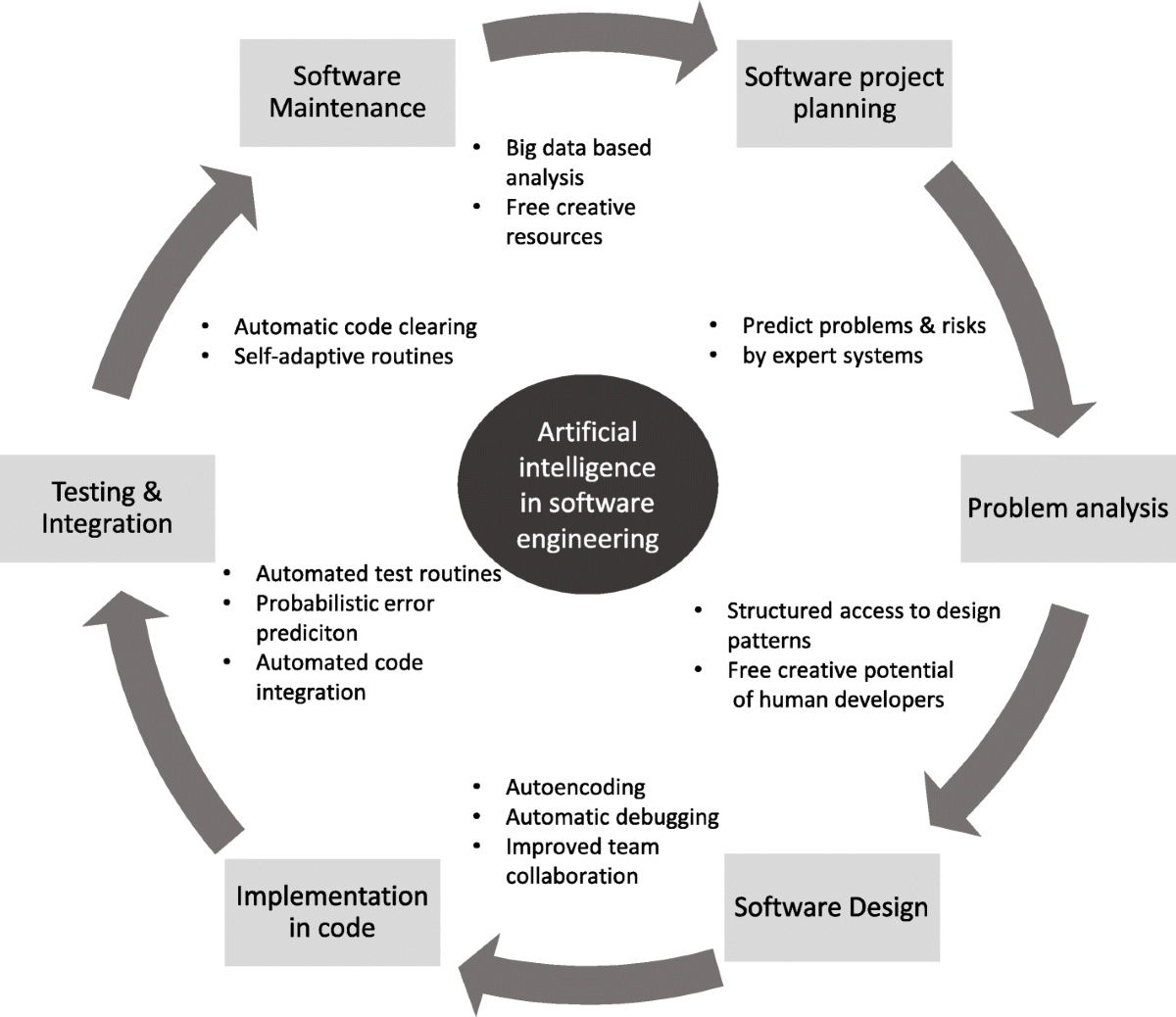
Program OverviewMachine learning is the future for the future generation of software specialists. This training course serves as a guide to artificial intelligence for software engineers. You'll be introduced to 3 of one of the most pertinent components of the AI/ML self-control; monitored learning, neural networks, and deep knowing. You'll realize the distinctions in between conventional programs and artificial intelligence by hands-on development in monitored knowing before constructing out intricate dispersed applications with semantic networks.
This training course works as a guide to maker lear ... Program A lot more.
Table of Contents
- – Master's Study Tracks - Duke Electrical & Comp...
- – 7 Easy Facts About Machine Learning Devops Eng...
- – What Does Training For Ai Engineers Mean?
- – How To Become A Machine Learning Engineer - U...
- – Embarking On A Self-taught Machine Learning ...
- – The Ultimate Guide To Top Machine Learning C...
- – About Software Engineering For Ai-enabled Sy...
Latest Posts
Software Developer (Sde) Interview & Placement Guide – How To Stand Out
The Best Strategies For Answering Faang Behavioral Interview Questions
The Easy Way To Prepare For Software Engineering Interviews – A Beginner’s Guide
More
Latest Posts
Software Developer (Sde) Interview & Placement Guide – How To Stand Out
The Best Strategies For Answering Faang Behavioral Interview Questions
The Easy Way To Prepare For Software Engineering Interviews – A Beginner’s Guide